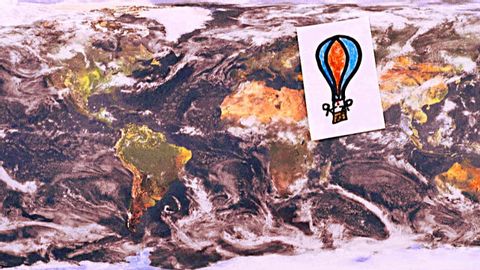なぜ地球には砂漠があるのか? (Why Does Earth Have Deserts?)
VoiceTube が 2021 年 01 月 14 日 に投稿  この条件に一致する単語はありません
この条件に一致する単語はありませんUS /ˈʌltəmɪtli/
・
UK /ˈʌltɪmətli/
- v.t./i.出場する;計算する;思う;思う
- n.姿 : 体形;数字;人物像;図表;著名人;姿の輪郭;数字
US /ˈslaɪtli/
・
UK /ˈslaɪtli/
- n. (c./u.)病気;植物病;弊害
- v.t.むしばむ
エネルギーを使用
すべての単語を解除
発音・解説・フィルター機能を解除

